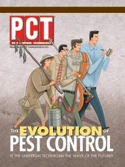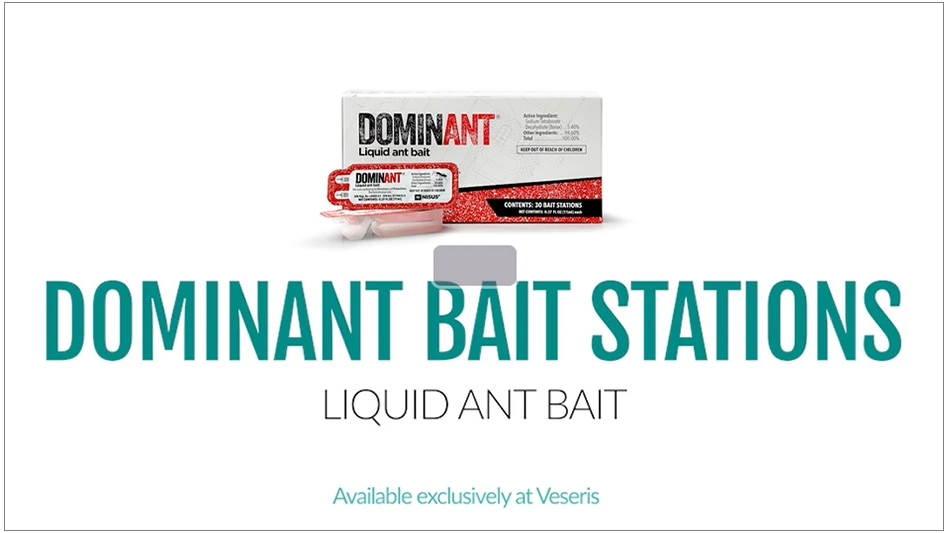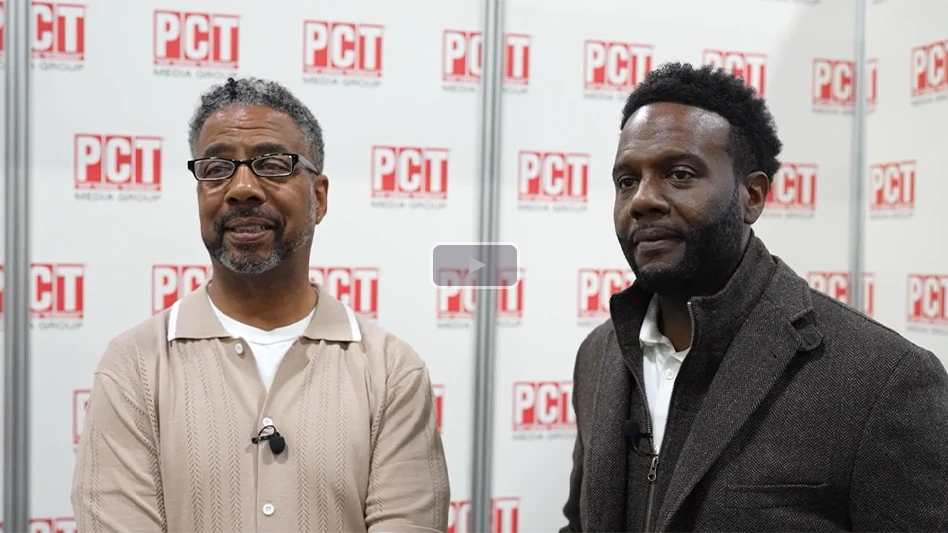Imagine sitting on a tropical beach sipping fruity drinks and dining on the local fare. The weather is never too cold and never too hot. Would you ever want to leave? Many tropical creatures have hitchhiked on ships and planes where they become uninvited guests. They become pests because they rarely encounter the type of natural enemies that kept them in check at home.
Exotic pests can be insects and other arthropods, plants, diseases, birds, mammals, fish, mollusks, nematodes, reptiles, amphibians and many other creatures. This article will be limited to pests we may encounter as part of our jobs controlling urban, structural and stored products.
We are all probably familiar with tramp ants, Formosan termites, Asian cockroaches and Asian long-horned borers that have invaded North America but what about other exotic pests that we occasionally run across during the course of our business?
WHY DID THE IGUANA CROSS THE ROAD? One of the most odd species I encountered was in South Florida. I was conducting a quality control audit on a grocery store. The store had chronic rodent problems that seemed to come and go. The technician had done all that he thought he could and was desperate for a little assistance. I arrived at the store and met with the store director who was upset that we had not permanently solved the rodent issue.
I inspected the interior of the store and found nothing that was obviously contributing to the rodent problem. I also saw ample evidence that the technician had been diligent in putting out dozens of glueboards. I then turned my attention to the outside. As I walked around the outside perimeter, I noticed a flock of ducks in a canal behind the store. I also found a pile of old vegetables that looked as though it had been purposefully left out to feed the ducks.
I reported back to the store director that someone was feeding the ducks and that this was undoubtedly contributing in large part to the recurring rodent problem. He insisted that no one was feeding ducks behind the store. I again insisted that the pile of vegetables left out to feed the ducks was also feeding an outside rodent colony. The store director informed me that the old vegetables were left out to feed some iguanas that lived across the canal. It seems that every night the iguanas, including one that was at least 4 feet long, would swim across the canal to feast on the pile of vegetables. I told the store director that the rats didn’t care if the vegetables were meant for the ducks or the iguanas. Removing the iguana banquet contributed to finally eliminating the rodent problem.
OTHER EXOTIC PESTS. Many pests are transported in potted plants and nursery stock. Growing up in New Orleans I remember dipping bromeliads imported from South America into barrels of malathion to try to eliminate the hitchhikers. It always amazed me at the variety of arthropods that we discovered floating in the malathion after the dipping process was completed. We also fought fire ants and Formosan termites on a regular basis.
Any structure containing wood or other cellulose material was a potential feast for the Formosan termites. My first professional encounter with Formosan termites was at a school with a monolithic slab. The termites had gone through a tiny crack in the slab and infested a storage area. They had eaten paper out of a filing cabinet and then attacked khaki uniforms. They left a huge mass of materials on the floor with zippers and buttons still visible within. I searched the nest piece by piece but was never able to find a queen. She was probably in a larger colony under the slab.
Other exotics have become well established in the Southeast. Asian cockroaches were first encountered in the Tampa, Fla., area. Because they were so similar to German cockroaches they were misidentified for quite awhile. Their ability to fly and their attraction to light convinced scientists they couldn’t be German cockroaches. They were eventually identified as Asian cockroaches and further investigation showed that they probably hitchhiked into MacDill Air Force Base in Tampa. I have found them as far north as Brunswick, Ga. They are now found in enormous numbers in Florida and are fast becoming an agricultural pest. It is rather unnerving to stop at a fruit stand and see flats of fresh strawberries with cockroaches all over them.
White-footed and ghost ants have spread north in Florida and ghost ants have been found inside in northern areas probably brought in with potted plants. Imported mole crickets that once infested only Bahaia grass has adapted to St. Augustine lawns. Mole cricket damage to Florida golf courses and lawns costs millions of dollars annually.
Pest management professionals be warned: It’s a jungle out there!
The author is technical director for McCall Services Inc., Jacksonville, Fla. He can be reached at wgrush@pctonline.com.

Explore the November 2003 Issue
Check out more from this issue and find your next story to read.
Latest from Pest Control Technology
- Rose Pest Solution Promotes Kandler to District Manager of Columbus (OH) Service Area
- Webinar: Maximizing Cash Flow — Key Strategies for Business Growth
- WorkWave Announces Wavelytics
- Rising Rat Populations Linked to Warming Temperatures, Urban Growth, Study Finds
- How Might the 2024 Elections Impact PCOs
- Keeping Track of Termite Identification
- Mosquito Joe Earns EPA's PESP Gold Level Designation
- Texas PestVets Coat Drive Collects Over 850 Items for Soldiers’ Angels





